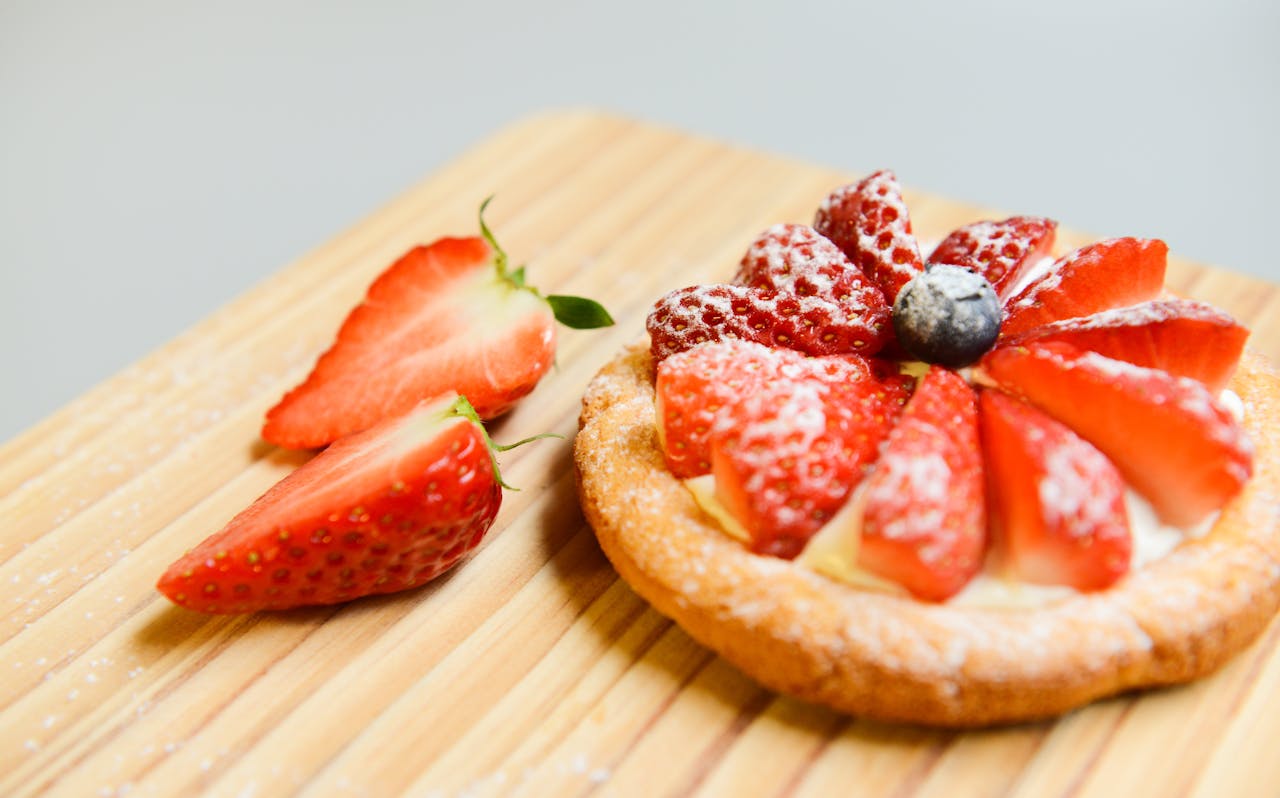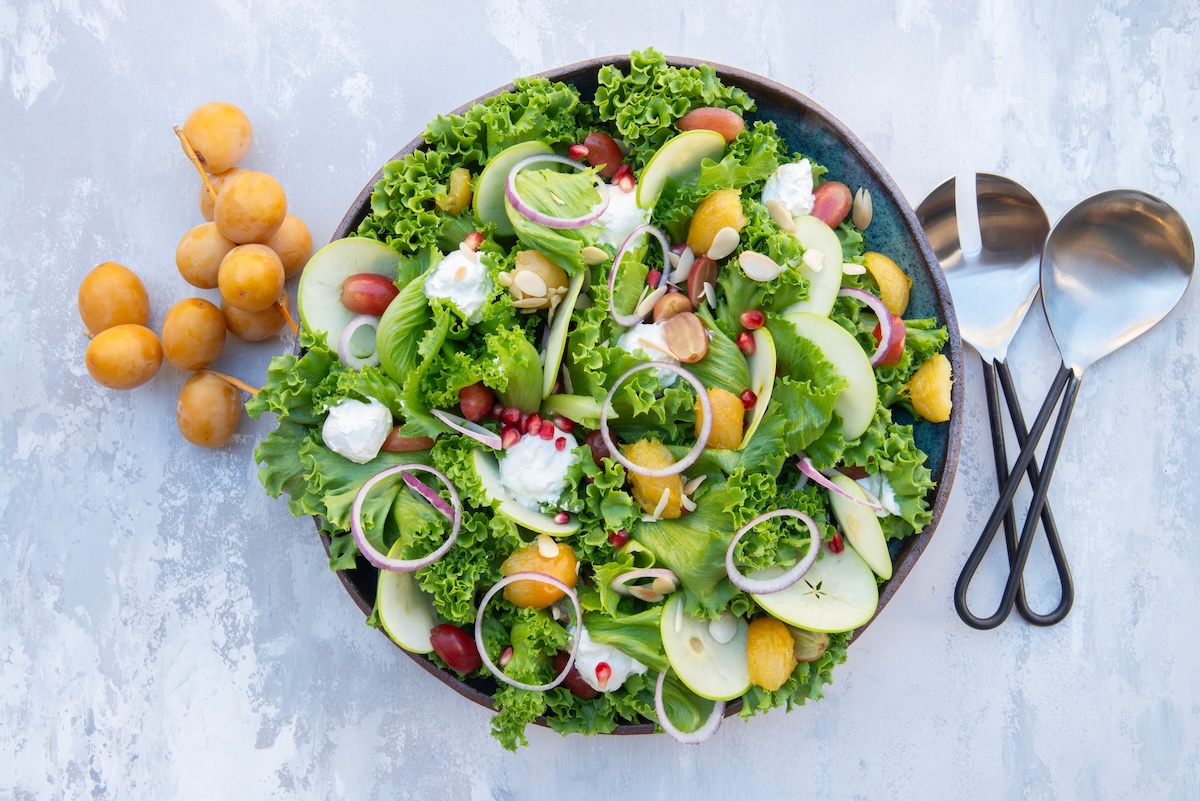The holidays aren’t the time to count every calorie — they’re a time to connect, celebrate, and enjoy. You can absolutely savor the food and traditions you love. The trick is finding balance. A few small smart habits can help you enjoy every bite and sip without sending your blood sugar or blood pressure on a rollercoaster.
1. Alcohol: Sip Wisely
A holiday toast can be part of the fun, but moderation matters. Alcohol can raise blood pressure and affect blood sugar. If you take medications, be extra careful — it can change how some medicines work or increase side effects.
Smart habits:
- Stick to limits: Up to one drink a day for women and two for men, or less if your care team recommends. If you’re unsure what counts as “one drink,” check out this article to learn more.
- Hydrate between drinks: Have one to two glasses of water for every alcoholic drink.
- Choose lighter options: Wine, champagne, or simple mixed drinks with soda water are better than sugary cocktails or creamy liqueurs.
- Never drink on an empty stomach: Eating a balanced meal first helps steady your blood sugar.
Simple swap:
Trade your second drink for a festive mocktail made with sparkling water, a splash of cranberry juice, and a squeeze of lime.

2. Sweet Foods: Savor Without the Spike
From cookies to fudge, sweet treats are everywhere this time of year. But added sugars can cause sharp glucose spikes, especially for those with diabetes or insulin resistance.
Smart habits:
- Enjoy, don’t overdo: A small serving of your favorite dessert is better than skipping and later overindulging.
- Pair sweets with protein or fiber: A cookie with a handful of nuts, or dessert after a meal, helps blunt sugar swings.
- Read labels and check for hidden sugars: Many holiday foods, even savory ones, use sweet glazes or sauces that can spike blood sugar more than you’d think.
Simple swap:
Choose fruit-based desserts like baked apples or a few squares of dark chocolate instead of frosted pastries.

3. Greasy or Heavy Foods: Find Balance on the Plate
Holiday dishes often come with rich gravies, buttery sides, and creamy sauces. These can raise cholesterol, slow digestion, and make you feel sluggish.
Smart habits:
- Fill half your plate with vegetables first — and eat them first, too! It helps you manage portions and steady your blood sugar.
- Go easy on sauces: Use a spoonful for flavor instead of covering the plate.
- Choose lighter cooking methods: Baking, grilling, or air-frying keeps flavor without excess oil.
Simple swap:
Try roasted vegetables drizzled with olive oil instead of buttery casseroles. They’re satisfying and heart-healthy.

4. Watch the Sodium: The Hidden Holiday Guest
Salt sneaks into many festive dishes, from cured meats and cheeses to broths, sauces, and packaged sides. Too much sodium can raise blood pressure and cause fluid retention.
Smart habits:
- Cook with herbs and spices. Rosemary, garlic, thyme, and citrus zest add flavor without the extra sodium.
- Taste before salting. Many dishes are already seasoned from marinades, sauces, or dressings.
- Stay hydrated. Drinking plenty of water helps your body flush out extra sodium.
Simple swap:
Use lemon juice or vinegar to brighten flavor instead of reaching for the salt shaker.
Takeaways
With small, mindful choices, you can enjoy festive foods while keeping your blood sugar and blood pressure steady. Healthy eating isn’t about restriction — it’s about balance, joy, and caring for your body while celebrating life. Happy holidays!



